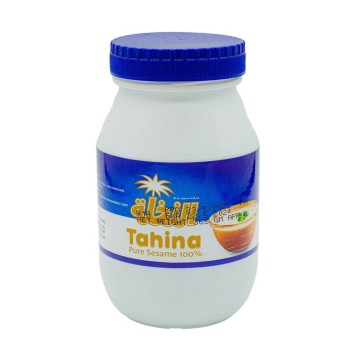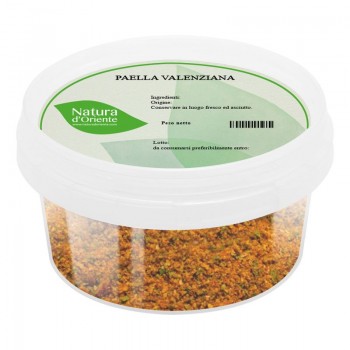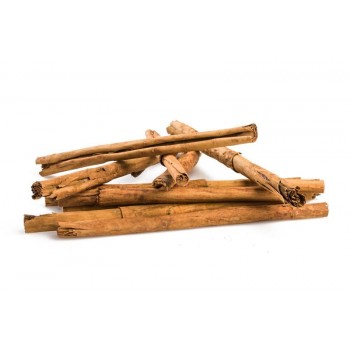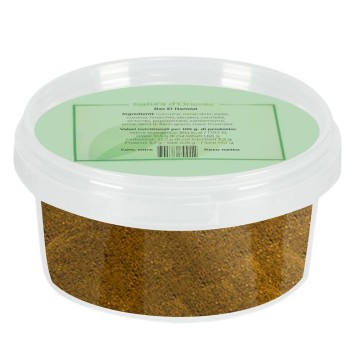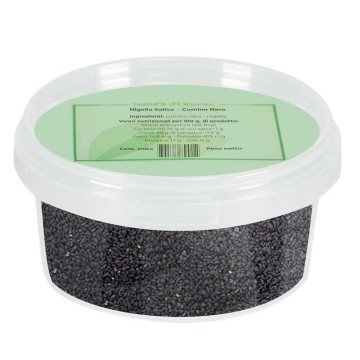Thyme leaves: properties, benefits:
Thyme is an aromatic herb with many properties and is excellent in cooking to make different types of dishes tastier. The use of thyme is particularly indicated for the treatment of conditions affecting the respiratory tract. There are hundreds of varieties of thyme, some of which are characterized by a pleasant lemon aroma.
Thyme can boast an unexpected vitamin content, both in reference to vitamin C and B vitamins. It also contains thymol, linalool and mineral salts. It is a medicinal and aromatic plant, which contains an essential oil and beneficial substances thanks to which thyme is attributed balsamic, anti-catarrhal and antiseptic properties.
Among the mineral salts contained in thyme we find manganese, iron, potassium, calcium and magnesium. Thyme is also considered a tonic and a stimulant of the digestive system. It is also considered by alternative medicine as a real natural antibiotic and a diuretic. Finally, thyme is attributed significant antioxidant properties in the protection of cell membranes.
Origins and historical notes:
Thyme is the plant botanically known as Thymus vulgaris, also known as erbuccia or sermollo, and is a spice that together with savory, rosemary and sage helps to perfume the Mediterranean scrub. Always appreciated in cooking both for its taste and for its digestive and antiseptic properties, which are beneficial for preserving meat. When refrigerators did not exist, thyme was used for preserving food, given the notable presence of essential oil with anti-putrid action.
The Egyptians relied on the virtues of this aromatic herb to embalm the deceased. For the Greeks, there was no more celestial perfume, and they greatly appreciated a honey obtained from a species of thyme that was very common on the Athenian mountains, recognizing its extraordinary virtues for chest diseases. Galen, a Greek physician and philosopher, recommended it in powder form to those who suffered from joint pain, and considered it the most powerful antiseptic known. The Etruscans and Romans began to introduce thyme into the kitchen and to perfume wines and cheeses with it.
Ladies used to give it to the knight of their heart so that he would be protected by it in battle. In the first weeks of the year, young girls would place a few sprigs under their pillows as a good omen for a probable marriage. Medicine has also recognized this herb as having antiseptic properties, so much so that some have defined it as "the antibiotic of the poor". For external use it cleanses and disinfects the skin, in the form of rinses it is beneficial against respiratory tract diseases.
Use in the kitchen: soft lemon cake with thyme, ingredients: 200 g butter 200 g brown sugar 100 g flour 5 g baking powder 100 g raisins (optional) 4 eggs the zest of 1 lemon 5 g dried thyme leaves 15 g icing sugar the juice of 2 lemons 5 g dried thyme leaves for the icing.
PREPARATION: Start preparing the soft lemon and thyme cake by preheating the oven to 160 °C. Get a plum cake pan and line it with baking paper. Melt the butter in a bain-marie and work it with the brown sugar until you get a soft cream. At this point, add the eggs and mix with the help of an electric mixer until all the ingredients are well combined. Then add the dried thyme leaves and the lemon zest. Sift the flour with the yeast and add the raisins. Gradually add the flour to the mixture with the eggs and continue to work your dough until it is smooth. At this point pour it into your plumcake pan and bake it.
Let your cake cook for about 50 minutes. When the lemon and thyme cake is almost ready you can make the lemon glaze for the covering. Dissolve the icing sugar in the lemon juice and add the remaining 5 g of dried thyme leaves. Bring everything to the boil. Let the glaze cool for a few moments before pouring it on your lemon cake. At this point, all you have to do is taste it. If you don't like tea, you can also enjoy it with lemon or vanilla ice cream, just like you do with waffles.




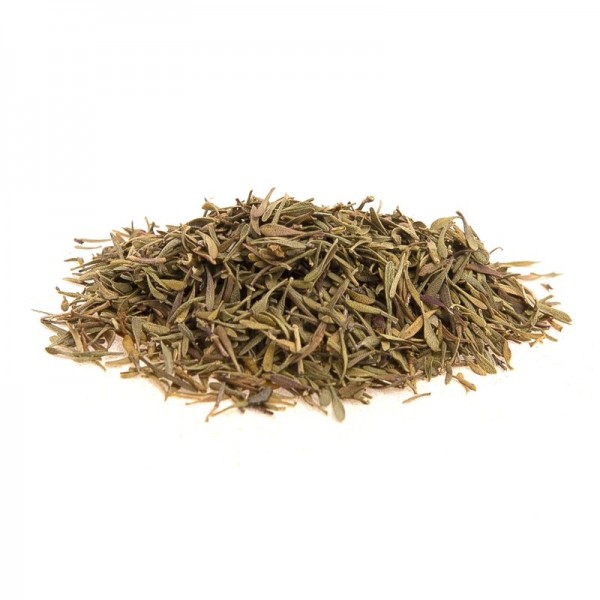




 No reward points for this product.
No reward points for this product.



